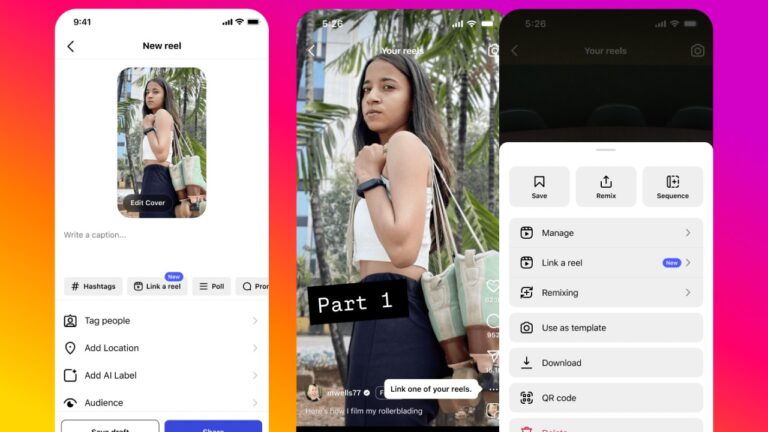Oppo seems to be planning to release the Oppo F31 5G series soon and ahead of the launch, the three devices in the series have been leaked. The leak showcases the devices’ design as well as their key specifications. Here’s everything to know about the Oppo’s upcoming F-series smartphones.
Oppo F31 5G Series Leak
The leak from tipster Abhishek Yadav on X suggests that the lineup will consist of the Oppo F31 5G, the Oppo F31 Pro 5G, and the Oppo F31 Pro+ 5G.
The Oppo F31 Pro+ is shown in white, pink, and blue finishes, featuring a circular rear camera module. The Oppo F31 Pro, on the other hand, appears in gold and black shades in the leak with a squircle-shaped camera island, similar to the Oppo F29 5G. Then, the standard Oppo F31 can be seen in red, purple, and blue shades, featuring a square camera module with vertically arranged Sensors and an LED flash.
According to the tipster, all three phones in the lineup will pack a large 7,000mAh battery. The top-end Oppo F31 Pro+ is expected to feature a flat display and run on Qualcomm’s Snapdragon 7 Gen 3 chipset, paired with 12GB RAM and 256GB of internal storage. It will be the top-end smartphone in the F31 series.
The Oppo F31 Pro is tipped to be powered by MediaTek’s Dimensity 7300 SoC, while the vanilla Oppo F31 may come with the Dimensity 6300. Both the F31 and F31 Pro are said to support 80W fast charging.
The Oppo F31 series is expected to debut in India between September 12 and September 14. We’ll know more about the devices once Oppo officially starts teasing them.
The company debuted the K13 Turbo series earlier this month in India. The K13 Turbo 5G starts at Rs 27,999 for the 8GB + 128GB trim and Rs 29,999 for the 8GB + 256GB version and comes in Midnight Maverick, White Knight, and Purple Phantom colours. The OPPO K13 Turbo Pro 5G, starting at Rs 37,999 for the 8GB + 256GB and Rs 39,999 for the 12GB + 256GB variant, will be available in Silver Knight, Purple Phantom, and Midnight Maverick racing designs.











